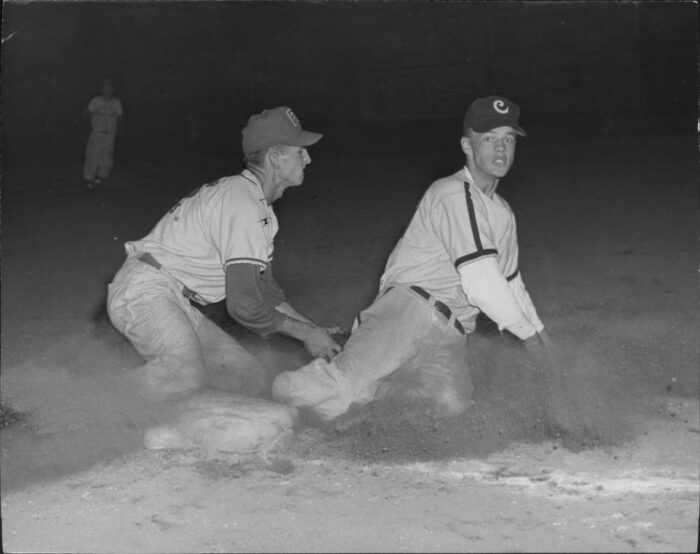On July 25, 1920 the Minneapolis Morning Tribune reported that Minneapolis Police Department salaries were not keeping pace with inflation.
Minneapolis Police Department salaries on this day 100 years ago were:
- Patrol Officers – $140 a month
- Sergeants – $150 per month
- Lieutenants – $160 per month
- Captains and Detectives – $170 per month
We will cast the spotlight for a moment on the Patrol Officers – the Backbone of the Department – who were provided only their helmets, whistles, shields
and nightsticks by the city.
Patrol Officers were required to purchase their own uniforms without compensation.
Patrol Officers were required to have two suits of official clothes: one for fall and spring wear; and another for summer wear. For winter, they were also required to buy a fur-lined overcoat, extra heavy shoes, socks, underwear, and mittens to keep out the cold.
In the article, Patrol Officers shared that back in 1916, they could purchase a ready-made single-breasted summer uniform for $20. Double-breasted spring and fall uniforms cost them $27.50. A good fur-lined overcoat cost $125 in 1916.
By 1920, the cost of these articles had more than doubled while salaries remained flat.
Patrol Officers reported that in 1916, they were able to purchase the best pair of working shoes made for $4.50. In 1920, those same shoes cost between $12 and $15 a pair. Patrol Officers on the beat customarily walked through two or three pairs of shoes per year, so the increase in cost was not trivial.
Additionally, Patrol Officers were required to purchase their own revolvers without compensation.
In 1920, a 38 Caliber Colt Special Revolver, the standard gun of the Minneapolis Police Department at the time, cost $38 whereas in 1918 the same gun could be purchased for $18.
In a 1920 survey of Patrol Officer salaries for 45 Police Departments across the nation, it was found that the salaries for Minneapolis were fifth lowest.
In order to relieve some of the financial pressure on Patrol Officers, Chief Walker engaged with clothing manufacturers to begin producing uniforms and shoes for the Minneapolis Police Department at a lower price and advocated for higher salaries.
To read the full article from July 25, 1920, just click on the link below and scroll down to page 9.
Minneapolis Morning Tribune of July 25, 1920 courtesy of Minnesota Historical Society
Photograph of Patrol Officer Alfred Averbeck from December 28, 1920 courtesy of Hennepin County Library









